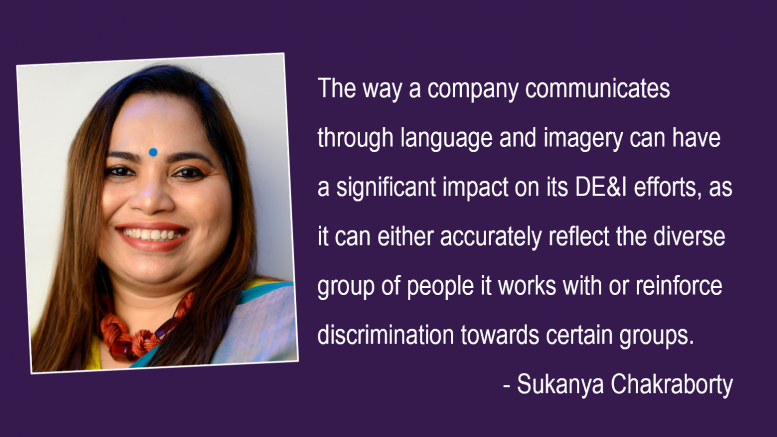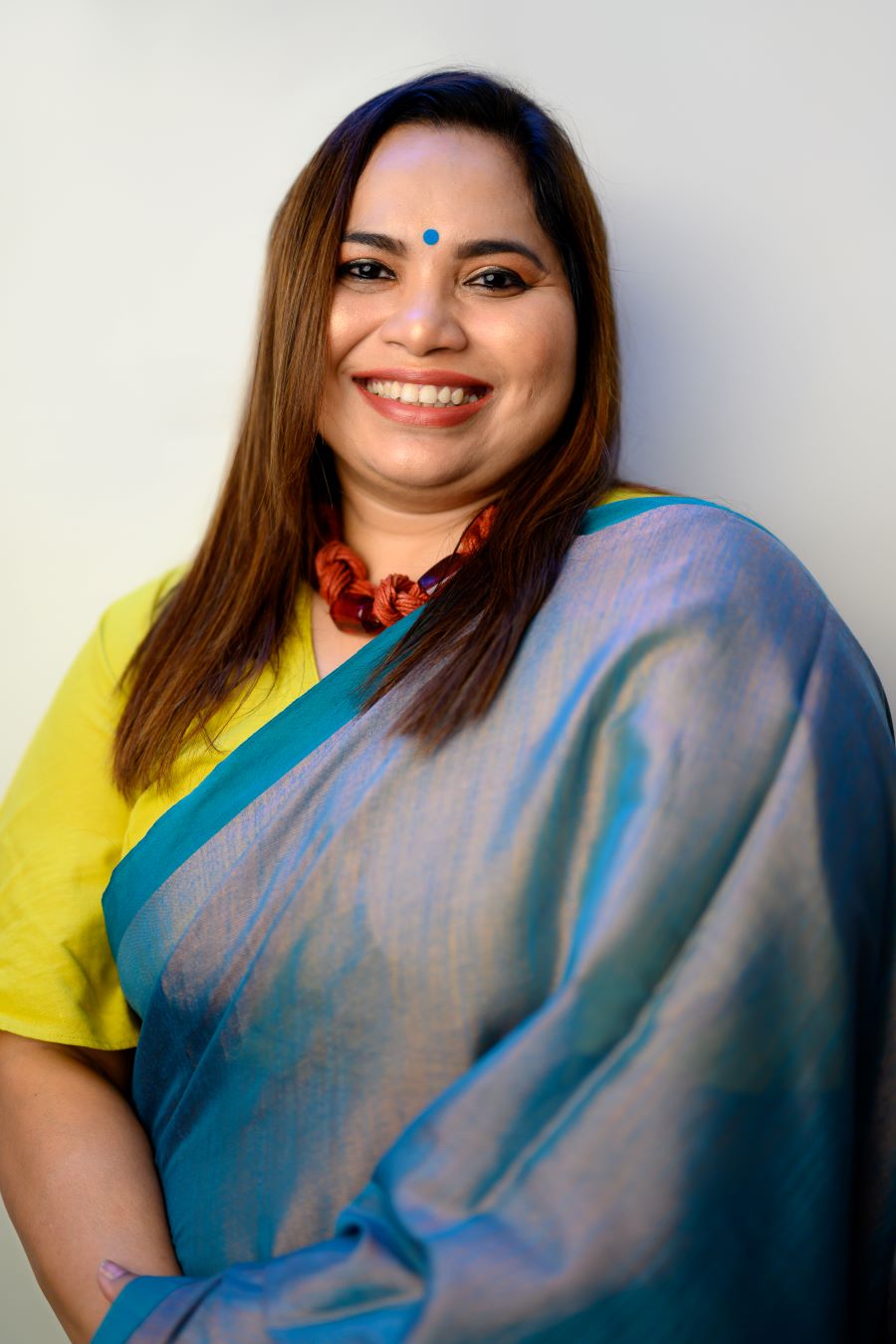The world of work is changing with the business case for diversity, equity, and inclusion (DE&I) becoming stronger than ever. In recent years, business leaders have been trying to anticipate the diversity and inclusion trends that will have an exceptional impact on their work and surroundings. The pandemic, global lockdown, and conversations about equity, fair treatment, and equality have started playing an important role in today’s DE&I narratives. However, diversity and inclusion initiatives cannot just be limited to one department. Instead, DE&I practices should be integrated as a core part of every unit with communications and HR playing an integral role in shaping the mindsets. The need is to move diversity and inclusion where it belongs – in the centre of the organisation.
The way a company communicates through language and imagery can have a significant impact on its DE&I efforts, as it can either accurately reflect the diverse group of people it works with or reinforce discrimination towards certain groups. Thus, the communications industry holds significant power in promoting inclusive narratives. Such efforts not only align with the company’s DE&I commitments but are key in shaping its brand reputation and customers’ perception. While a sense of belonging can be hard to measure, the industry must try and strive to create a culture of acceptance.
As experts and leaders in communications, what are the ways in which we can promote and create more inclusivity?
Message adaptation: A truly effective diversity and inclusion campaign begins with understanding the target audience, marketplace and sensitivities. It’s essential to remember that cultural groups can be diverse and nuanced, and the objective should be to listen, understand, and not make assumptions. This will enable you to understand the audience and tell their stories in an authentic and respectful way.
Accurate and adequate representation across media channels: Another key step to promote diversity and inclusion is to ensure that all communities are positively represented in communication. This includes not only depicting these communities in a good and accurate manner but also giving them a voice in the production and distribution of the message. The communications industry can achieve this through partnerships with organisations that represent disadvantaged communities and work with specialists to understand the nuances for correct representation.
Examine your outreach strategies with objectivity: It is important for teams to take a step back and evaluate their campaigns for any unconscious bias or negative undertones that may be present. This can be done by reviewing campaigns and identifying patterns or recurring themes that may perpetuate bias or discrimination. It’s also important to examine if certain groups are disproportionately represented, which could indicate a lack of consideration for diversity in the development process.
Growth strategies are becoming less about business defining the individual but more about the individual defining the business. To achieve true and effective change, it is essential for every department to work collaboratively with each other towards a common goal – creating a culture that builds skills, embraces adaptability, and nurtures wellbeing. This includes diverse hiring, accurate and positive representation of marginalised communities, and the adoption of innovative solutions. By taking a holistic approach and utilising the strengths and capabilities of each department, an organisation can achieve its DE&I objectives and foster a culture of inclusivity. Ultimately, this approach can have a positive impact on the brand’s reputation, customer loyalty, and overall success.
The views and opinions published here belong to the author and do not necessarily reflect the views and opinions of the publisher.
This article is part of a series by APACD members.



Be the first to comment on "The role of communications in promoting Diversity, Equity and Inclusion"